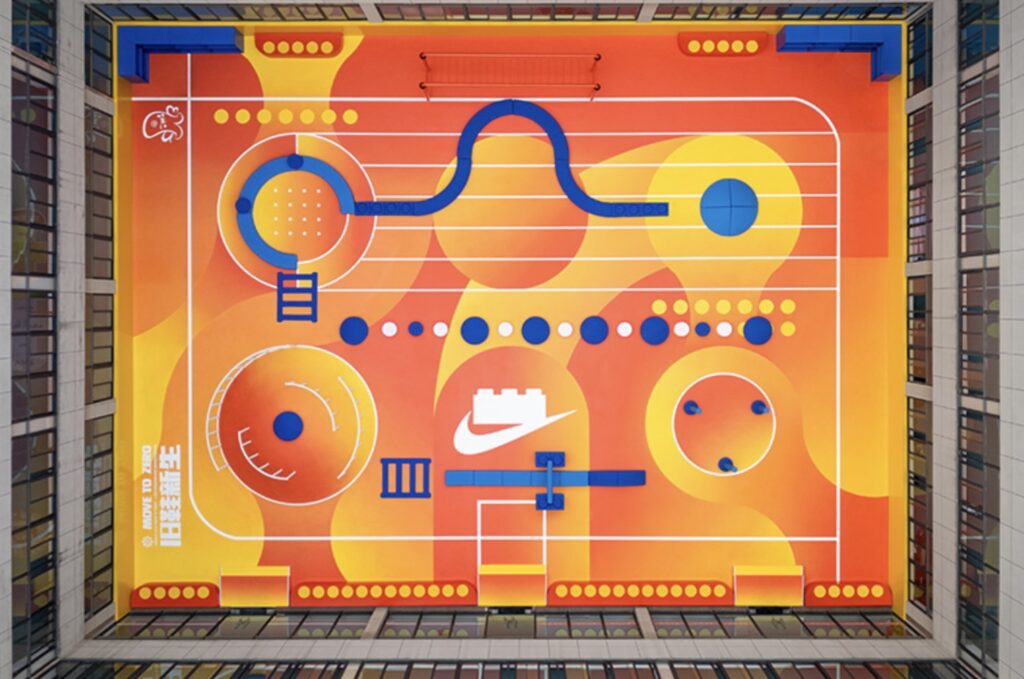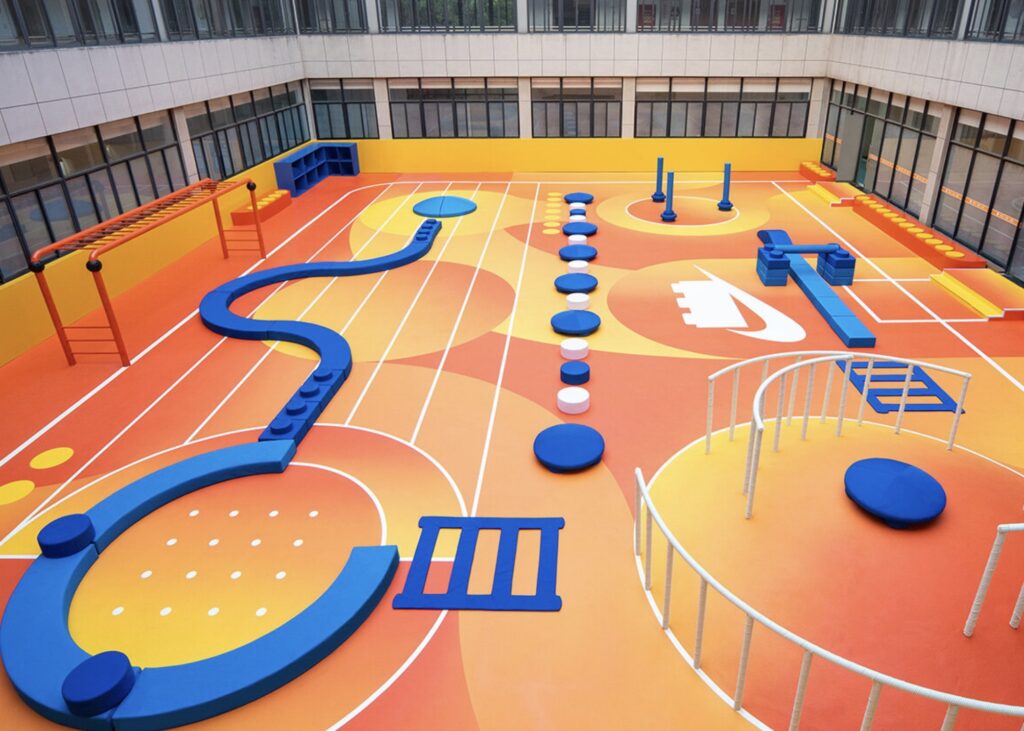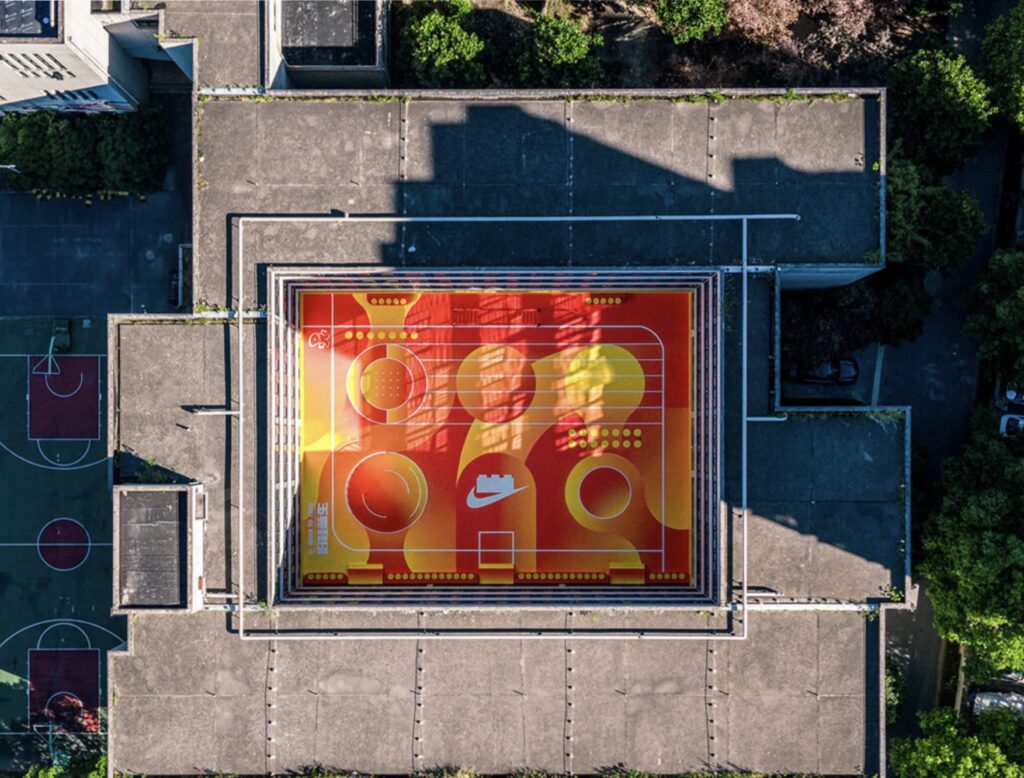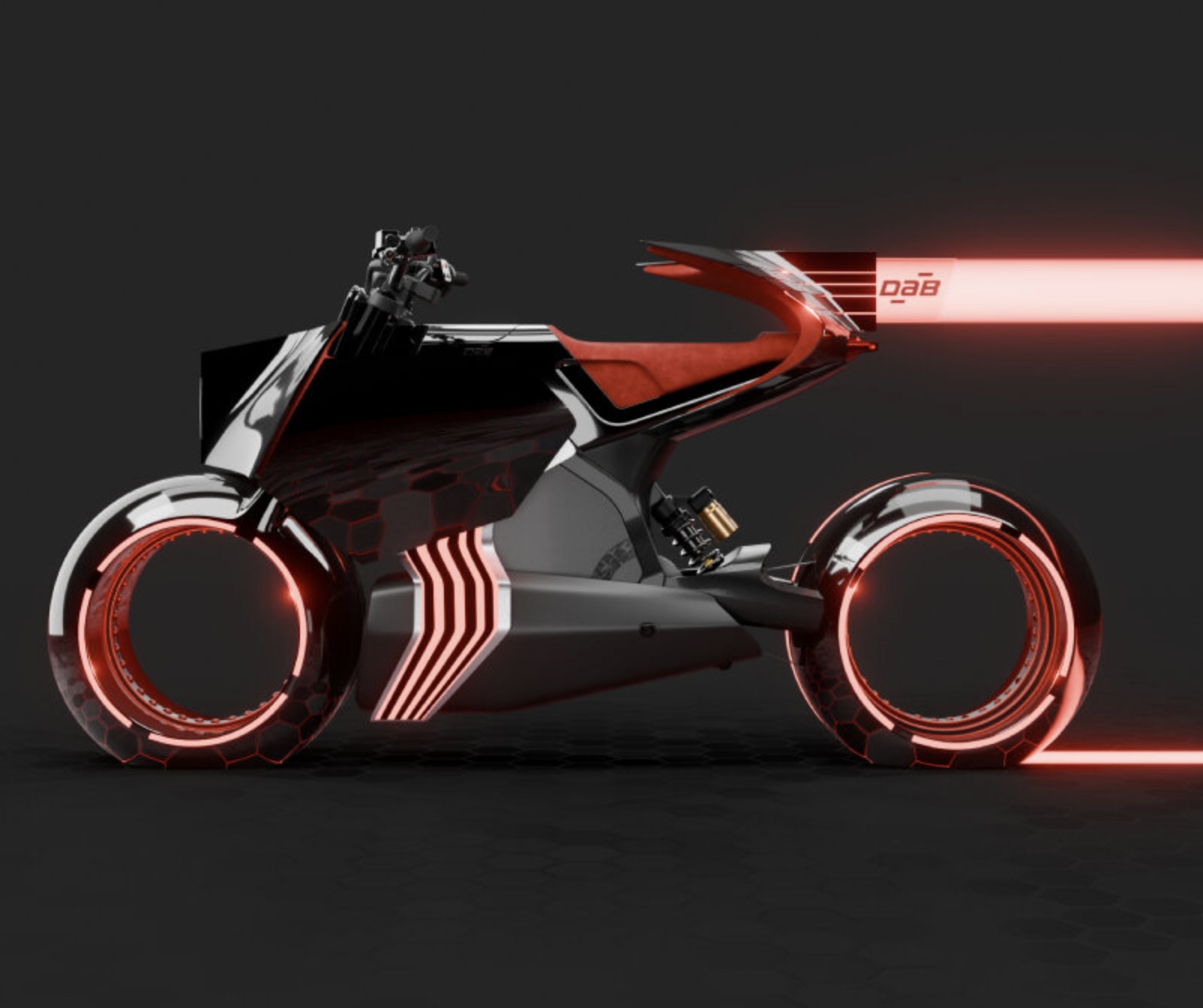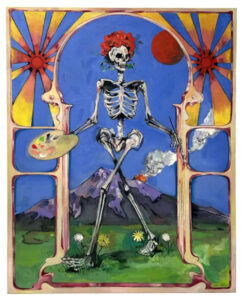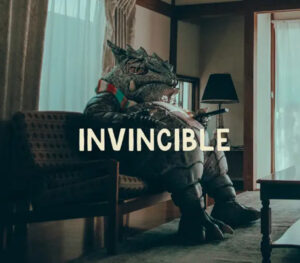At Baoshan No. 2 Central Primary School in Shanghai, a new connection between OLA Shanghai, LEGO China, and Nike has redefined what a school playground can be. Taking its cue from the modest 2×3 LEGO brick, the project transforms that universal object of imagination into a full-scale landscape of movement, creativity, and design. Within this colorful expanse, geometry becomes a medium for joy, and the language of conjure evolves into architecture.
The playground was conceived under Nike’s Move to Zero initiative, which champions sustainability and circular design, and under LEGO’s philosophy of hands-on creativity and modularity. The result is not merely an athletic field or a toy-like installation—it is a synthesis of art, architecture, and education, where form follows play and where structure invites imagination.
The Brick That Built the Idea
The foundation of this playground is the simplest LEGO unit—the 2×3 brick. That familiar rectangle, with its six raised studs and precise proportions, becomes the module from which the entire playground is constructed. It dictates dimensions, informs layout, and guides rhythm. Each structure—be it a ramp, platform, climbing wall, or step—reflects the same geometric DNA that allows LEGO bricks to interlock endlessly.
In translating the 2×3 brick into architectural language, OLA Shanghai reimagined modularity not as a constraint but as a living system. The playground’s components align to a grid that feels intuitive to children who have grown up stacking and connecting LEGO pieces. The very geometry of the surface encourages exploration. A set of blocks might act as seating one day, balance beams the next, and a parkour course the following week.
This adaptability is central to the concept. The LEGO brick’s genius lies in its capacity to multiply possibilities, and here that logic becomes tangible space. The result is a playground that can evolve, expand, or contract as the school’s needs change—much like an idea in motion.
A Dialogue Between Movement and Imagination
The flow between Nike and LEGO is, at heart, a dialogue between movement and imagination. Nike brings a focus on agility, rhythm, and physical expression; LEGO contributes its ethos of construction, curiosity, and open-ended creation. Together, they conceived a playground that merges physical play with cognitive discovery.
Instead of prescribing routes or activities, the design empowers children to invent their own games. There are no signs that dictate “how” to play. Instead, children decide how to navigate, what to climb, where to jump. In doing so, they engage muscles and minds simultaneously, building both confidence and creativity.
Nike’s athletic influence is evident in the way surfaces transition between running lanes, balance paths, and climbing zones. The height variations and textural changes subtly mirror sports training modules—encouraging agility and coordination without ever feeling like exercise. Everything remains rooted in fun.
LEGO’s imprint is equally strong, manifesting in the color scheme—bold primaries set against calm neutrals—and in the joyful tactility of the materials. Even the proportions of the modular units evoke the reassuring familiarity of play.
Built Through Merges
A defining element of the project was participation. Before the playground’s construction, workshops were held with students under LEGO’s “Build the Change” program. Children used real LEGO bricks to imagine their dream playgrounds. Their miniature models inspired spatial configurations later realized at full scale.
This act of co-creation turns the playground into something profoundly democratic. It is not a gift handed down by adults, but a shared vision built from children’s imagination. By integrating these early ideas into architectural development, the designers fostered a sense of ownership among students. They don’t just play there—they helped design it.
This participatory method reflects a growing global movement in education and urban design that treats play spaces as dynamic pedagogical tools. By engaging children in the creative process, they become more invested in maintaining and evolving the environment. The playground becomes a living classroom in spatial reasoning, teamwork, and innovation.
Movement Architecture and Material Poetry
Visually, the playground balances architectural precision with expressive color. The forms—stepped terraces, bridges, and cubes—are built to scale for children, allowing freedom of motion while ensuring safety. Surfaces are softened with rubberized materials, corners are rounded, and textures vary to provide grip and comfort. The vibrant palette not only references LEGO but also serves functional legibility: colors guide flow and signal where certain actions are encouraged.
Each component functions like a sentence in a larger visual language. One block might lead to a running path, another to a climbing surface, and yet another to a collaborative zone where several children can assemble their own movement sequences. Every arrangement is intentional, but open-ended enough to encourage improvisation.
In contrast to the static playgrounds of the past—those built from rigid metal frames and singular slides—this new approach celebrates motion as a design principle. The playground becomes kinetic even when empty, an abstracted cityscape awaiting activation by its young citizens.
The Educational Layer
At its most profound level, the LEGO × Nike playground redefines what it means to learn through play. Each encounter with the structure becomes a small experiment in geometry and physics. Jumping between modules teaches trajectory and balance. Navigating a ramp sharpens spatial awareness. Cooperative play builds empathy and communication.
Educators have noted that the playground provides new dimensions to physical education, merging creativity with movement. Traditional sports tend to reward competitiveness; this playground rewards curiosity. Its design encourages collaboration and problem-solving, aligning with the educational philosophies that value experience over instruction.
The project also nurtures inclusivity. Because modules vary in height and challenge, children of differing abilities can find their level of engagement. It allows simultaneous participation without exclusion. Some may climb, others may walk or balance—yet all share the same environment.
Sustainability and Design Ethics
Nike’s Move to Zero initiative provides the ecological foundation for the project. Many of the playground’s materials are chosen for durability, recyclability, and low environmental impact. Modular construction also minimizes waste: damaged components can be replaced individually without dismantling the entire structure.
This system echoes the way LEGO bricks endure across generations. The sustainability is both material and conceptual—creating a design that remains relevant, flexible, and renewable.
LEGO’s philosophy of endless reconfiguration pairs naturally with Nike’s commitment to circular design. Together they transform an abstract environmental goal into something tactile and joyful. Every reused panel and replaceable part becomes a small act of stewardship, teaching children that sustainability can coexist with play.
Design as Brand Narrative
What makes this project remarkable is how branding is sublimated into experience. There are no oversized logos or aggressive marketing cues. The brands are present through concept rather than advertisement. Nike is felt in the motion; LEGO is felt in the form.
This subtlety redefines what corporate collaboration can look like in public space. Instead of creating a marketing installation, the companies built infrastructure that benefits the community. It’s an act of long-term brand storytelling—embedding values into the fabric of daily life.
Children who grow up playing here will associate Nike with energy and sustainability, LEGO with creativity and collaboration. These are brand impressions built not through campaigns, but through lived experience.
No comments yet.

